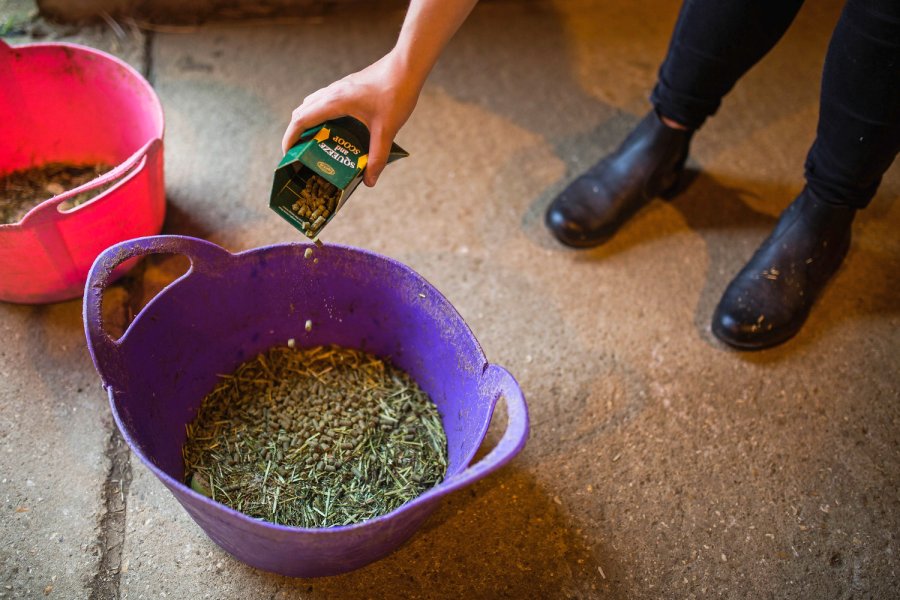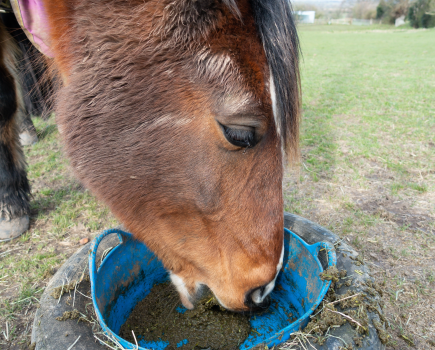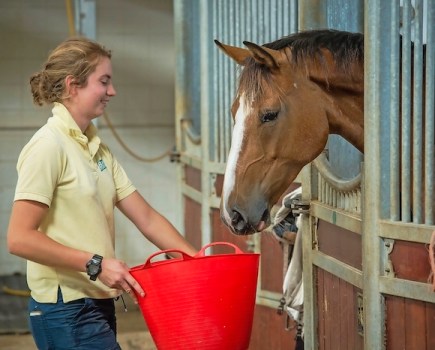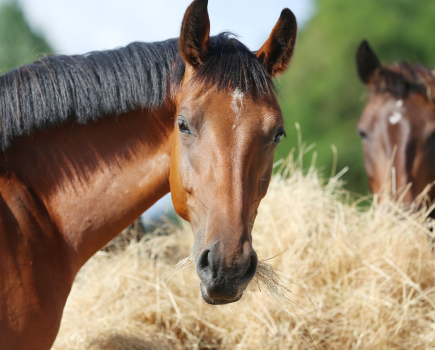With equine obesity on the rise, you could be forgiven for thinking that forage is more than sufficient for good doers. However, even spring grazing may be deficient in some key nutrients. This is where balancers can really help.
Whilst grass alone may provide up to three times a horse’s daily energy (calorie) requirements, certain nutrients such as lysine, copper, zinc and selenium are typically low in UK pasture.
Although grass may meet maintenance requirements for vitamin E, levels in hay and haylage may be negligible.
This is why balancers are increasing in popularity and have become a more popular sight in modern feed rooms.
Consider choosing a balancer for:
- Good doers that maintain weight easily (or indeed too easily!) on forage alone
- Horses/ ponies that maintain weight well on less than their recommended ration of feed – compound feeds will only provide a balanced diet if they are fed at the recommended ration
- Horses/ ponies in hard work that maintain weight well on low energy feed – low energy feeds are designed for horses in light work
- Horses/ ponies fed straights or other feeds that do not contain added vitamins and minerals such as pure alfalfa, grass products or sugar beet
*TOP FACT*
Most balancers are designed to be fed at rate of 100g per 100kg of bodyweight per day, which equates to just 500g for a 500kg horse.
One exception to this is stud balancers, which, due to the higher protein and lysine requirements of lactating mares and youngstock, must be fed at higher rate.
Despite this, stud balancers still provide significantly fewer calories than the recommended ration of compound feed.
Don’t miss the latest issue of Your Horse Magazine, jam-packed with training and veterinary advice, horse-care tips and the latest equestrian products available on shop shelves, on sale now.









